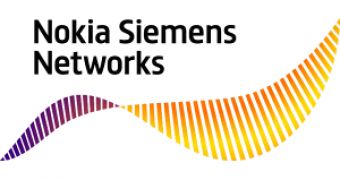Nokia Siemens Networks surprisingly announces plans to expand its production facility in Chennai, India from 35,000 to 55,000 square meters.
The company also stated that it will increase the number of product lines to 33, which will make it one of the largest international telecom infrastructure manufacturer based in India.
The reasons behind Nokia Siemens' move is the strong demand for telecom equipment due to the rapidly growing 3G markets and the expected rollout of TD-LTE.
Following the announced expansion, the existing manufacturing capacity will significantly increase, allowing the company to export approximately 37% of the facility’s production across the Asia Pacific.
In addition, the expansion will enable the company to manufacture and distribute new multiradio and LTE products, among other equipment such as GSM and LTE-ready 3G base stations and its FlexiPacket radio.
“This expansion will strengthen India’s position as one of our major manufacturing hubs in the Asia Pacific,” said Ashish Chowdhary, head of India and customer operations East, Nokia Siemens Networks.
The Chennai manufacturing facility will offer energy-efficient equipment to reduce the carbon footprint of new network deployments.
Nokia Siemens also started to produce the innovative Flexi Multiradio Antenna System, which forms part of the company's Liquid Radio architecture.
“Above all, our unwavering focus on the customer, continued investments in the country and the use of available local talent will reiterate our commitment towards supporting the growth of India’s growing telecom sector,” concluded Chowdhary.
The facility placed in India has played an important role in enabling Indian carriers to roll out their 3G networks, thus helping Nokia Siemens Networks to becomes one of the most important international 3G mobile infrastructure and services vendor in India with approximately 30% market share.
Nokia Siemens Networks Solutions Center in Chennai now supports ten times more subscribers on behalf of carriers around the world than in 2007 when it was launched.

 14 DAY TRIAL //
14 DAY TRIAL //